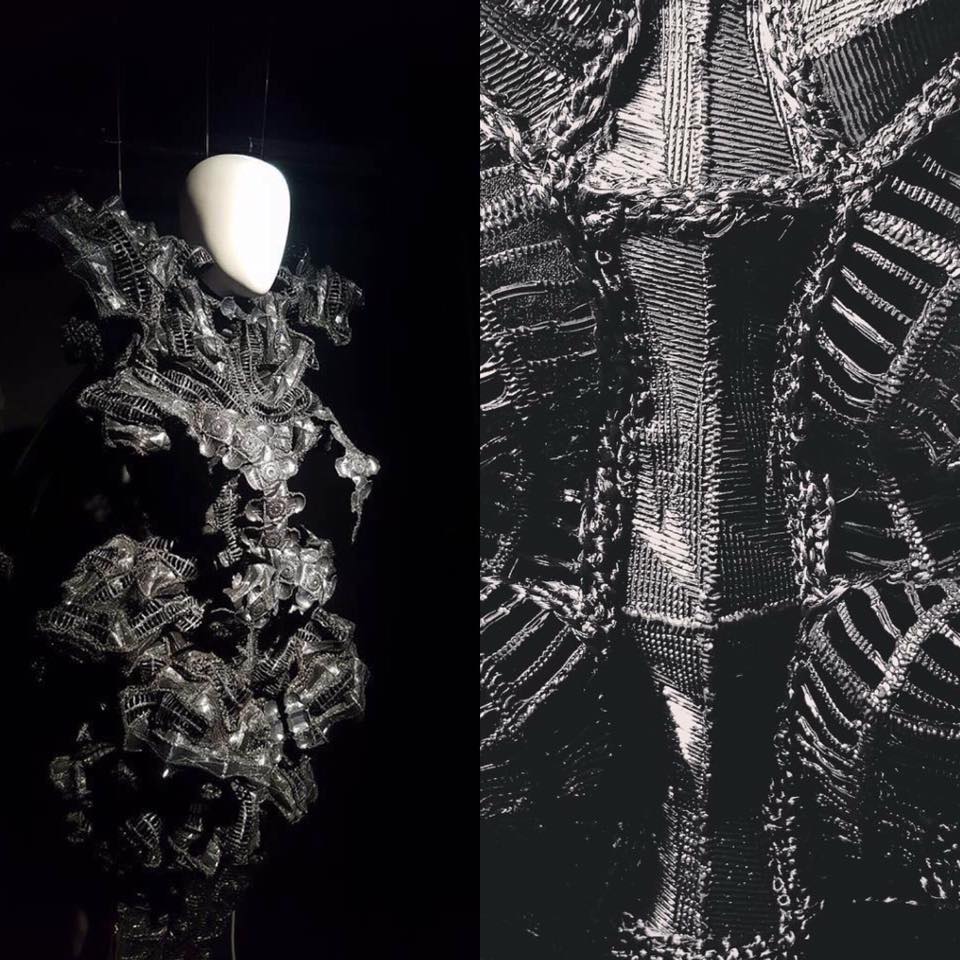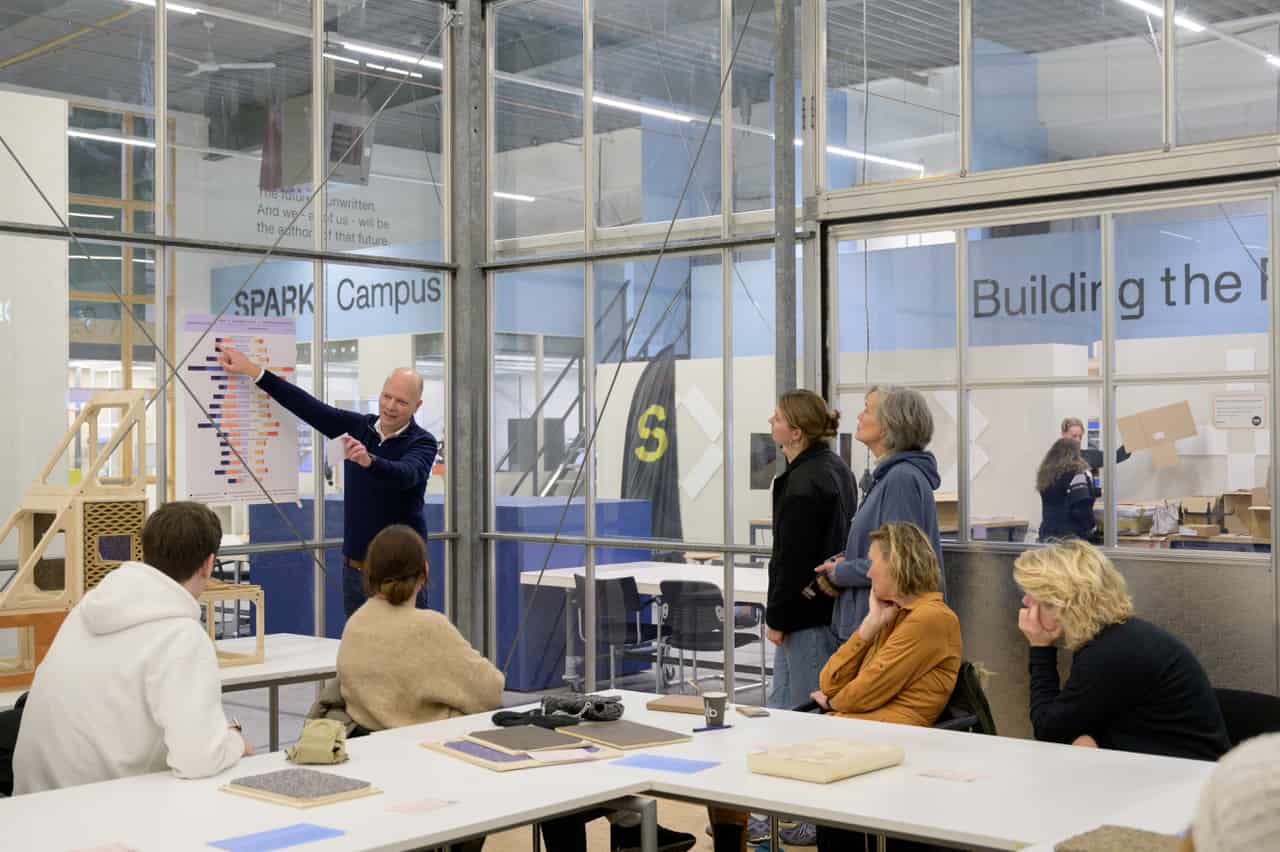
A rapidly growing number of applications are using printed electronics solutions for wearables. These flexible, wearable electronics with sensors that make body data accessible offer users all kinds of services to make their lives safer, healthier, or more productive. A huge industry has emerged around these wearables in recent years. In order to help the European industry to become more competitive, ‘SmartEEs‘ has started an accelerator program aimed at innovative companies that want to experiment with flexible and wearable electronics.
‘Test-before-invest’ opportunities
“The goal of the project is to help European SMEs by providing them with easy access to technologies, products, and services for wearables,” summarizes Corne Rentrop, who is a project partner inSmartEEs from Holst Centre. “The program, after a successful first series, is now ready for the second round of ‘test-before-invest’ opportunities. Within this program, we offer interested companies the opportunity to experiment with the Holst Centre technology before seeking larger investments.”
In the first round, through an Open Call, 44 participants were able to benefit from the technical possibilities of printed electronics. On average, around 60,000 euros were paid out per project. The money is used to conduct ‘application experiments’ lasting nine to twelve months: a test period to find out what is possible with the technologies and the resulting products.
Wearables are used in a wide variety of sectors and application areas. “We absolutely recognize that in the products and services of the 44 selected companies,” says Rentrop. “Think of healthcare, textiles, sports, consumer electronics, packaging & logistics, security, and energy, but the list is much longer. This extensive portfolio shows that the European wearables community can provide unique services to accelerate digitization in different application sectors.”
Core mission: boosting ecosystem effectiveness
SmartEEs – officially ‘Smart Emerging Electronics Servicing DIH’ – considers it its core task to stimulate the effectiveness of the European innovation ecosystem around flexible, wearable electronics. The main focus here is on increasing test capacity. Rentrop: “The expectation is that the groundbreaking experiments of the ‘early adopters’ will inspire an ‘early majority’, expanding the application of wearables to even more companies and markets. In this way, a broad impact may eventually emerge and, partly as a result, substantial economic effects as well.”
Marketplaces for technology and business

The SmartEEs team has developed a digital platform with marketplaces for technology and business. “Its fundament consists of a list of globally validated wearables, prototypes, and technical services. Through the platform, 160 of these services are made available. They include state-of-the-art applications in organic solar cells, flexible displays, OLED lighting, electronics & components, and integrated smart systems.”
In addition to this technical marketplace, there is also a business platform. This, Rentrop says, gives the owners of said services the opportunity to promote their expertise within the wearables community. “It also allows them to connect with component and system suppliers, manufacturers, distributors, and end-users. The platform offers additional innovation services, access to various educational materials – like videos, trend reports, and webinars – and a register.” Companies and organizations interested in this can register for free.
The SmartEEs project is funded by the European Union’s Horizon 2020 research and innovation program.









